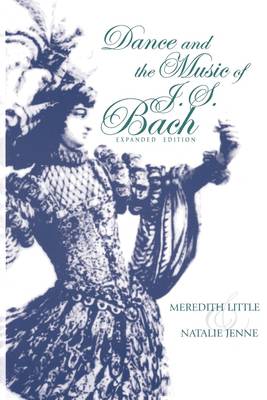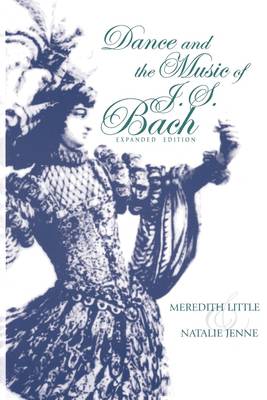
- Afhalen na 1 uur in een winkel met voorraad
- Gratis thuislevering in België vanaf € 30
- Ruim aanbod met 7 miljoen producten
- Afhalen na 1 uur in een winkel met voorraad
- Gratis thuislevering in België vanaf € 30
- Ruim aanbod met 7 miljoen producten
Omschrijving
Stylized dance music and music based on dance rhythms pervade Bach's compositions. Although the music of this very special genre has long been a part of every serious musician's repertoire, little has been written about it.
The original edition of this addressed works that bore the names of dances--a considerable corpus. In this expanded version of their practical and insightful study, Meredith Little and Natalie Jenne apply the same principals to the study of a great number of Bach's works that use identifiable dance rhythms but do not bear dance-specific titles.
Part I describes French dance practices in the cities and courts most familiar to Bach. The terminology and analytical tools necessary for discussing dance music of Bach's time are laid out.
Part II presents the dance forms that Bach used, annotating all of his named dances. Little and Jenne draw on choreographies, harmony, theorists' writings, and the music of many seventeenth- and eighteenth-century
composers in order to arrive at a model for each dance type.
In Appendix A all of Bach's named dances are listed in convenient tabular form; included are the BWV number for each piece, the date of composition, the larger work in which it appears, the instrumentation, and the meter.
Appendix B supplies the same data for pieces recognizable as dance types but not named as such.
More than ever, this book will stimulate both the musical scholar and the performer with a new perspective at the rhythmic workings of Bach's remarkable repertoire of dance-based music.
Specificaties
Betrokkenen
- Auteur(s):
- Uitgeverij:
Inhoud
- Aantal bladzijden:
- 352
- Taal:
- Engels
- Reeks:
Eigenschappen
- Productcode (EAN):
- 9780253214645
- Verschijningsdatum:
- 27/01/2009
- Uitvoering:
- Paperback
- Formaat:
- Trade paperback (VS)
- Afmetingen:
- 157 mm x 231 mm
- Gewicht:
- 498 g

Alleen bij Standaard Boekhandel
Beoordelingen
We publiceren alleen reviews die voldoen aan de voorwaarden voor reviews. Bekijk onze voorwaarden voor reviews.









